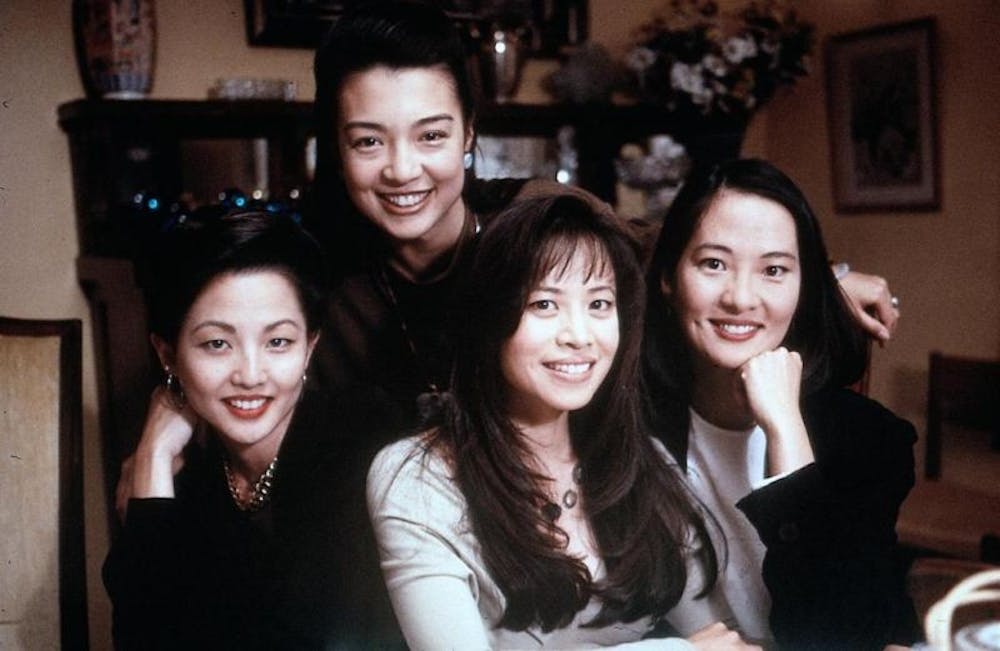Upon its release in 2018, “Crazy Rich Asians” introduced us to Asian American stars like Constance Wu, Henry Golding and Awkwafina. The movie was the first major Hollywood film since 1993’s “The Joy Luck Club” to feature a predominantly Asian cast. It also raked in $238 million worldwide, grossing more at the box office than any other romantic comedy in a decade.
I was born in 1998 to a Filipino mother and grew up in Martinsville, Indiana. Had I seen Asian American and Pacific Islander representation in media like “Crazy Rich Asians” growing up, my childhood might have been an easier one. I never saw myself in anyone or anything. I never felt like I belonged. I was always just the Asian kid.
Asian Americans and Pacific Islanders, or AAPIs, are often ignored in all aspects of media. And when AAPIs receive media attention, it’s often through a narrow lens. However, that’s changing.
In the past five years, we’ve seen films such as “Crazy Rich Asians” and “Moana” emerge as huge steps toward more AAPI representation in movies. In music, rockers like Mitski and Michelle Zauner of Japanese Breakfast have become mainstream. High fashion has the likes of Filipino model Justine Biticon and Nepalese designer Prabal Gurung.
If I had always known about AAPI role models in media, I could have been spared a lot of grief and confusion growing up. AAPI representation in media isn’t entirely new, but for years it was usually either lacking or problematic.
Take for example “Flower Drum Song,” a Rodgers and Hammerstein musical adapted into a 1961 film full of racist stereotypes. The story follows a Chinese immigrant’s attempts to find a husband in order to avoid deportation.
Though the film was groundbreaking for its time, “Flower Drum Song” would never be accepted by today’s audiences. It contains racial slurs, tired tropes of strictly upholding ancient Asian tradition and sexism against various caricatures of Asian women, such as the innocent “lotus blossom” and the hypersexually seductive “dragon lady.”
It’s a great thing “Flower Drum Song” would never be acceptable today. In the past 58 years since the movie’s release, the world has reconsidered how it sees Asian Americans and Pacific Islanders. Films like “The Joy Luck Club” and “Crazy Rich Asians” have shown us that.
It’s revolutionary to see Asians in romantic roles that don’t involve the emasculation of Asian men or the objectification of Asian women. It’s revolutionary to go to a concert to see an Asian female rock star. It’s revolutionary to see a Filipino model on the runway, to see a woman who is both beautiful and looks like you.
These may sound like small things for people who are often represented on red carpets and runways. But to me, movies, music and other media with faces I can relate to make me feel a little less lost in the world. It has taken me until my early adulthood to feel that way, but the Asian kid in me is happy it’s finally happening.




